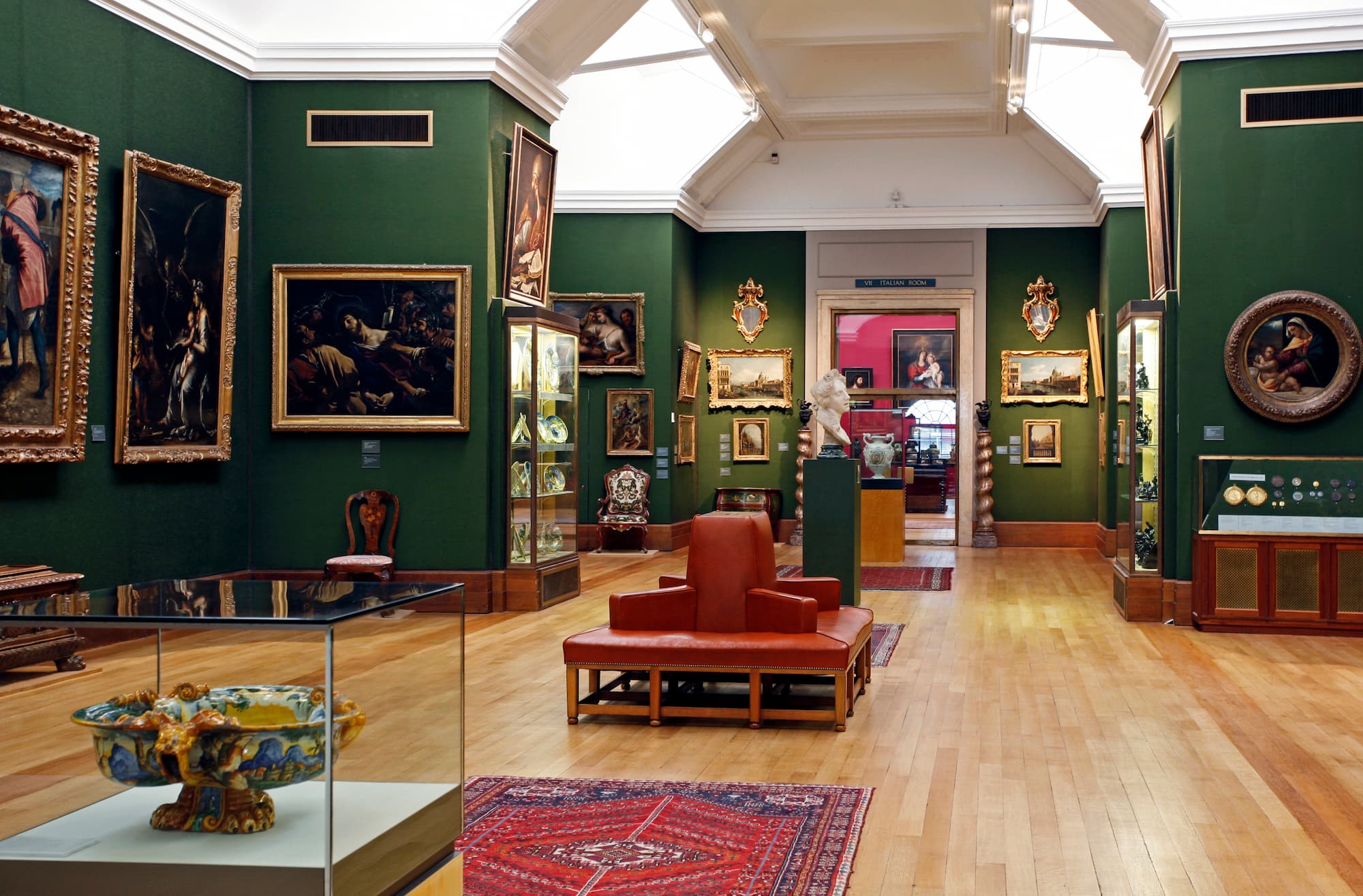Explore art history’s rich tapestry, focusing on impactful art movements. These movements have shaped our societal backdrop. Each one signifies a unique chapter in human invention. For example, the Renaissance revived classical ideals. Similarly, Pop art introduced bold, modern strokes. This study reveals various movement attributes and approaches. Additionally, it highlights the societal and cultural circumstances behind them. As we transition, we note a growth in creative expression. This shift moves from the Baroque’s beauty to Expressionism’s abstract depths. The article offers insights into several historical periods. Furthermore, it shows how art reflects and influences the human condition.
Renaissance ( 14th to 17th Century)
The Italian Renaissance symbolized the transition from the middle Ages to modernity. It was distinguished by a resurgence of interest in ancient philosophy, literature, and art. With their emphasis on realism, human anatomy, and perspective, artists such as Leonardo da Vinci, Michelangelo, and Raphael transformed the discipline of art. This movement paved the way for the advancement of Western art.

Baroque (17th Century)
The Baroque movement arose after the Renaissance. Baroque art was frequently connected with the Catholic Counter-Reformation because of its drama, rich hues, and powerful light and shadows. Caravaggio and Rubens were examples of this style, which strove to elicit emotion and express religious subjects with grandeur.
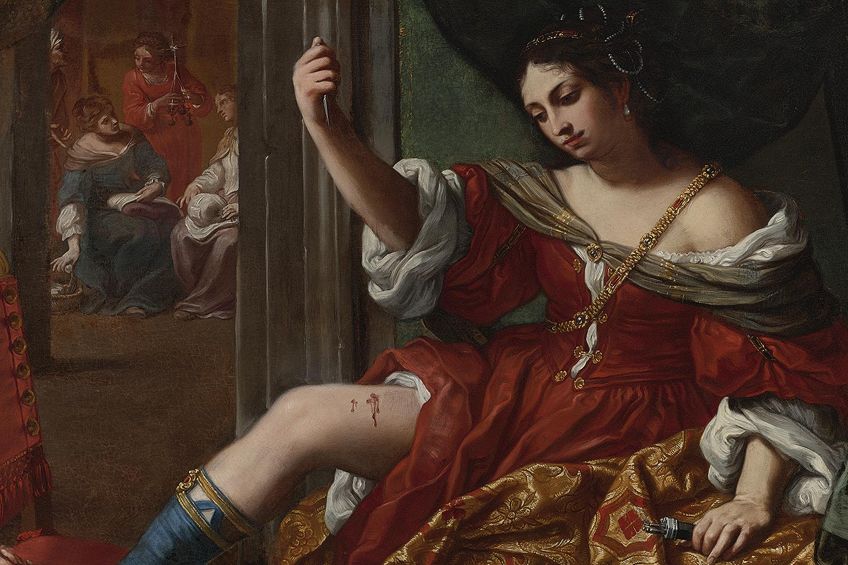
Romanticism (Late 18th to Mid-19th Century)
Romanticism was a response to the Enlightenment’s rationality and the industrial revolution. It pointed out emotion, individualism, and nature, and it frequently depicted dramatic and exotic scenes. Landscape and scene artists such as Francisco Goya and Caspar David Friedrich are known for their emotive and often majestic landscapes and sceneries.
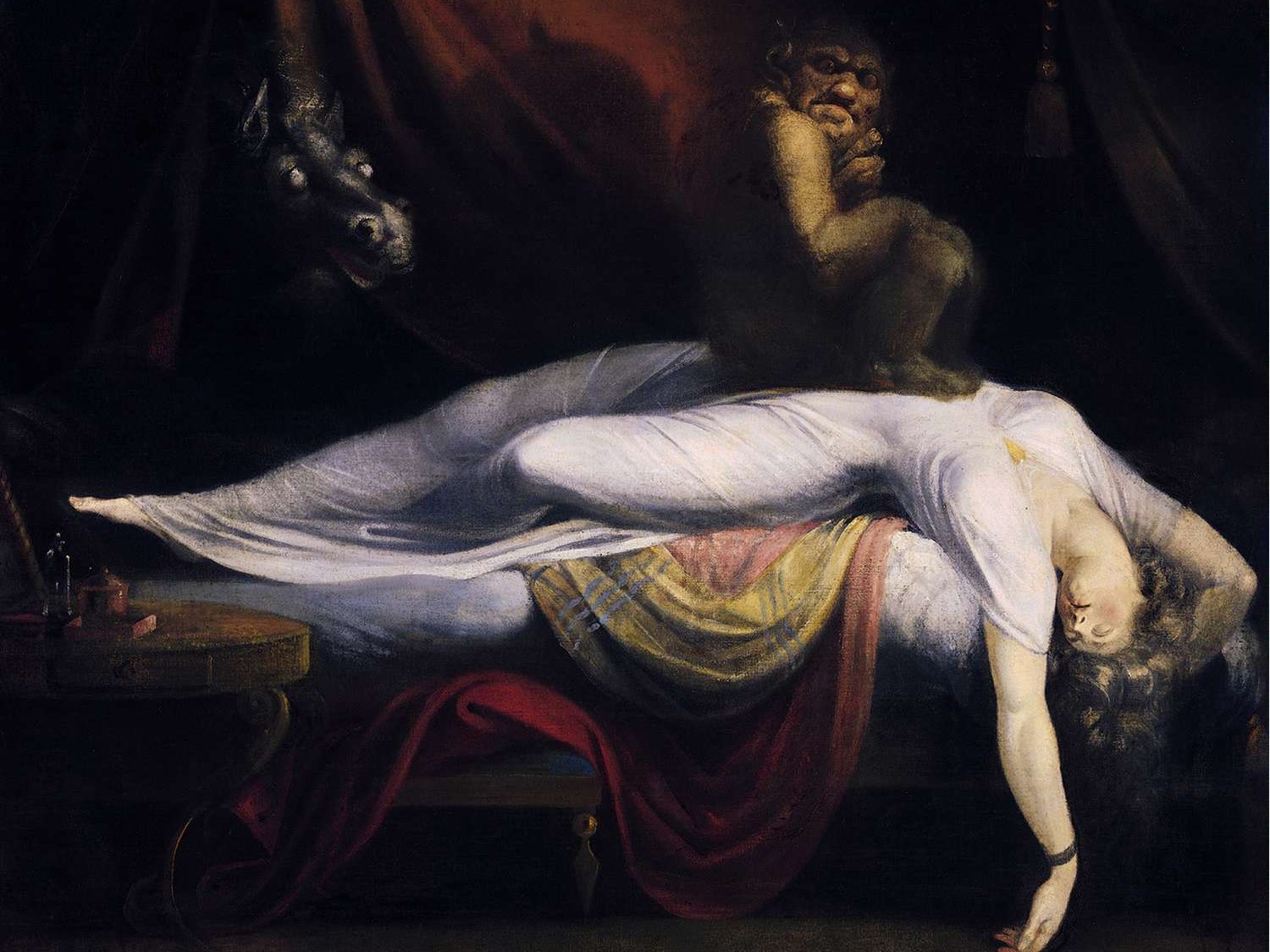
Impressionism (Late 19th Century)
Impressionism, which originated in France, deviated from traditional painting techniques. Claude Monet, Edgar Degas, and Pierre-Auguste Renoir were among the artists who strove to depict the fleeting effects of light and color, typically painting en plein air ( outside). This style distinguishes itself with its free brushwork and representation of ordinary life.
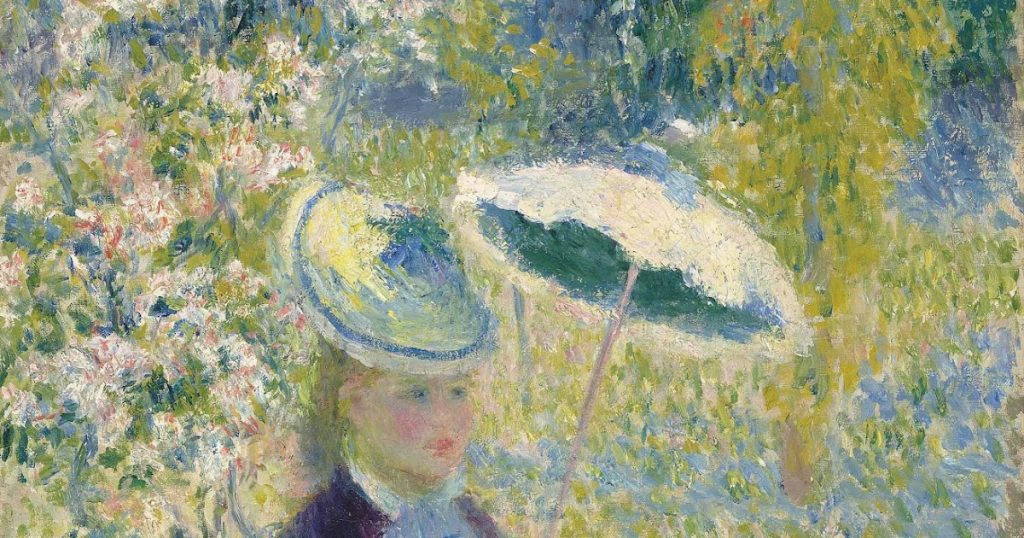
Cubism (Early 20th Century)
Cubism, pioneered by Pablo Picasso and Georges Braque, demolished traditional ways of representation by breaking objects into abstract, geometric shapes. This movement was influential on successful movements like Futurism and Constructivism. It played a critical part in the advancement of modern art.
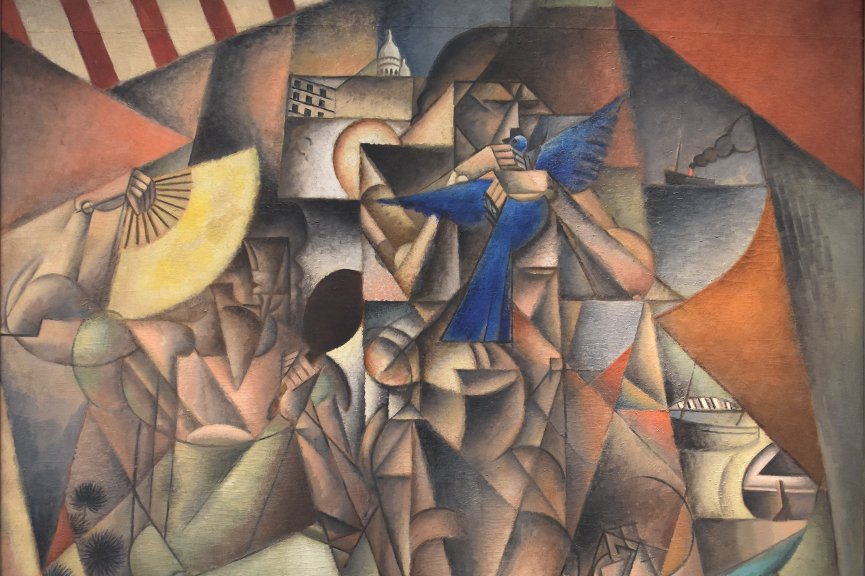
Surrealism (1920s)
As exemplified by artists such as Salvador Dal and René Magritte, Surrealism aspired to liberate the artistic capacity of the unconscious mind. It is characterized by surreal images and odd, illogical imagery, and it frequently explores themes of imagination, desire, and irrational.
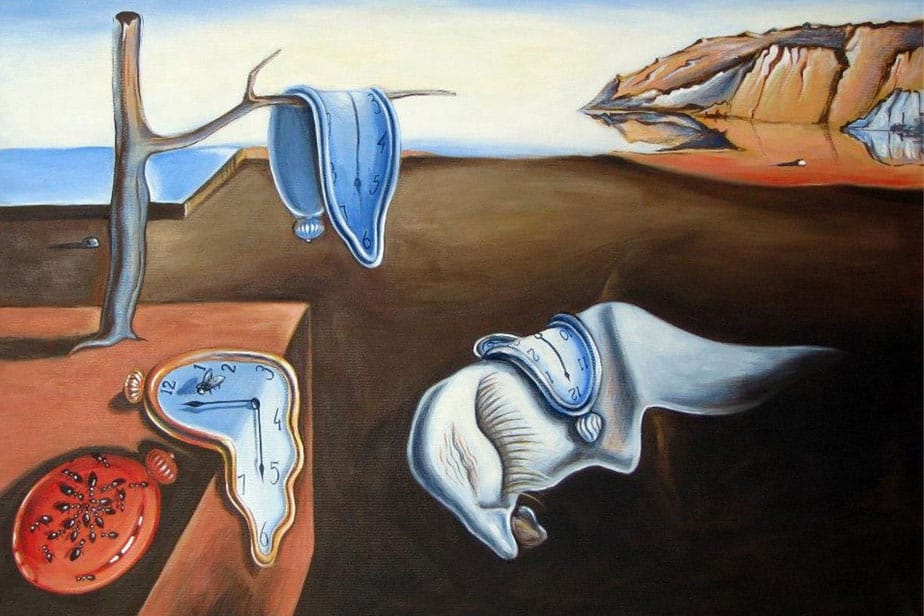
Abstract Expressionism (1940s and 1950s)
Abstract Expressionism, which originated in New York, signaled a change in the art world’s focus from Paris to New York right after World War II. Artists such as Jackson Pollock and Mark Rothko were known for their use of spontaneous, abstract shapes and emotional intensity. This movement was notable for its freedom of expression and trend away from realistic art.

Pop Art (1950s and 1960s)
Pop Art arose as a reaction to Abstract Expressionism in the United Kingdom and the United States. Andy Warhol and Roy Lichtenstein, for example, incorporated images from popular culture, such as advertising, comic books, and everyday cultural artifacts. This movement pushed the boundaries between high art and popular culture.
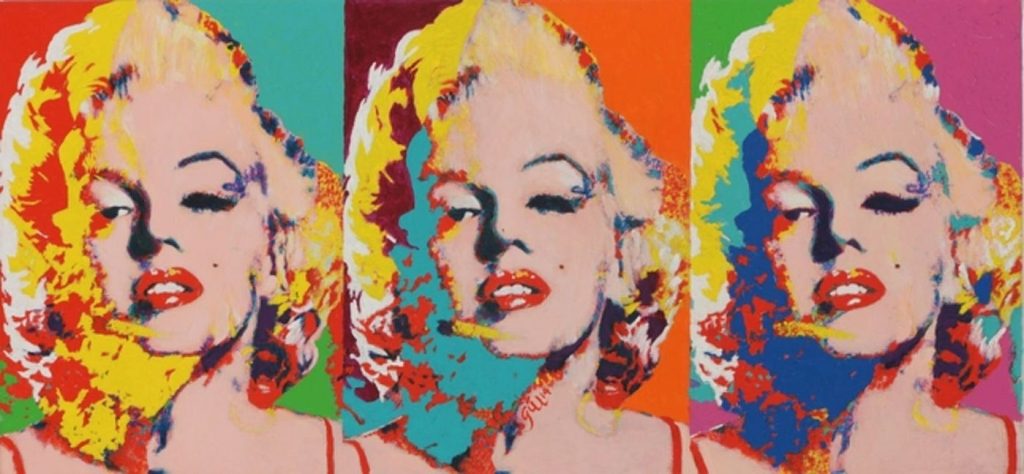
Minimalism (Late 1960s and 1970s)
Minimalism appeared as an antidote to complexity, concentrating on simplicity. Donald Judd and Agnes Martin, for illustration, employed simple forms with little detail. This movement, which influenced art, architecture, and design, stressed that less might represent more, providing a dramatic contrast to the complexities of older creative forms.

Postmodernism (Late 20th Century)
Postmodernism was a late-twentieth-century movement that challenged modernist principles. Artists such as Jean-Michel Basquiat and Cindy Sherman embraced complexity and ambiguity by blending styles and materials. Postmodernism, which challenged established limits, stretched beyond art to literature, philosophy, and architecture, reflecting the complex aspect of contemporary society and calling into question conceptions of uniqueness.
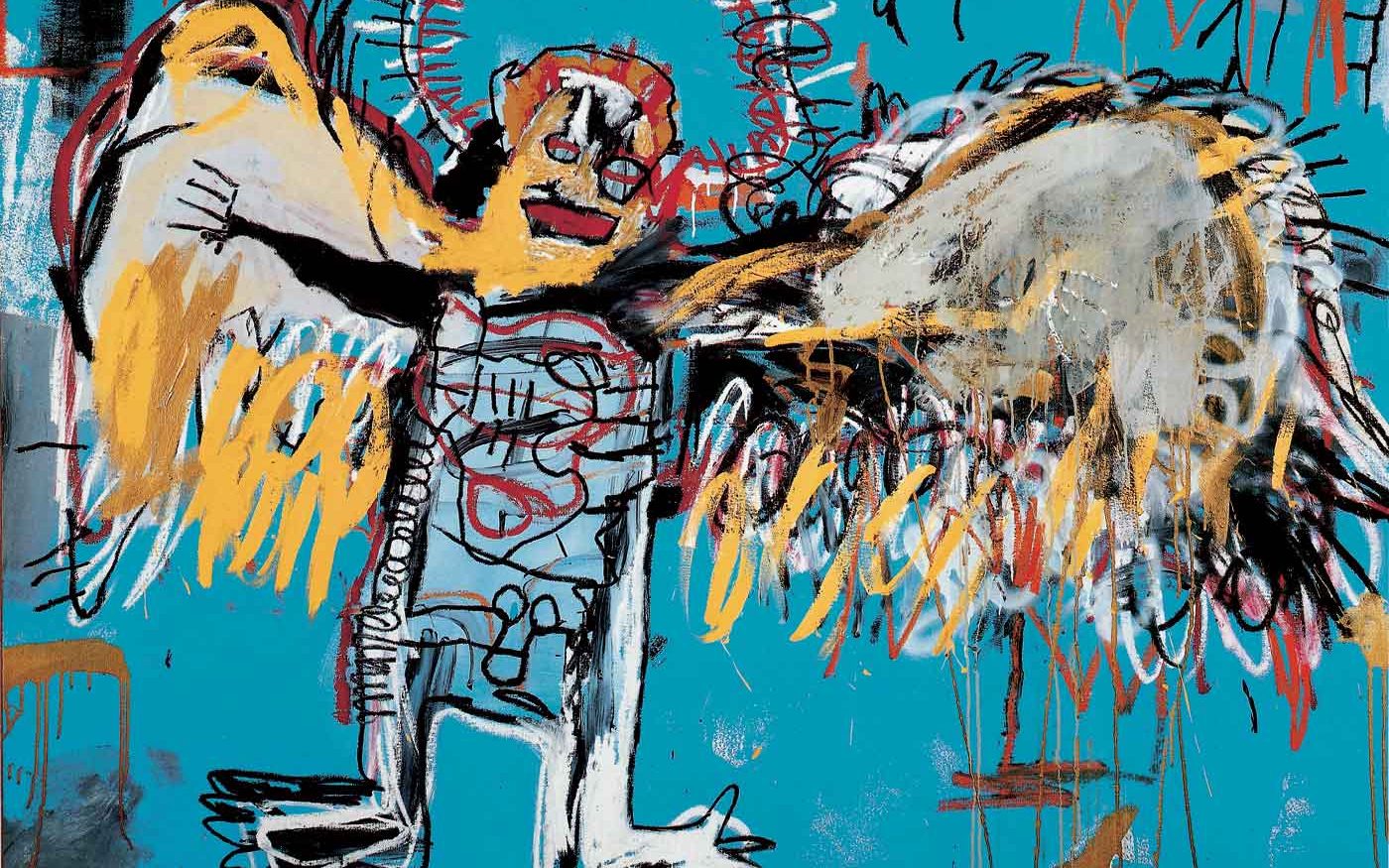
Afterwards, the evolution of art movements throughout history reflects not just shifting aesthetic choices, but also the societal and cultural changes of the times they were born into. From the Renaissance’s humanistic resurgence to Postmodernism’s complexity. Each movement has made a distinctive contribution to the tapestry of art history. These art movements have questioned stereotypes, pioneered new techniques, and articulated the unsaid narratives of their day. Understanding these trends is essential for understanding the breadth and depth of creative experience. As new artistic trends emerge, these historical movements act as a basis and source of inspiration, reminding us with the limitless potential of human creativity.

